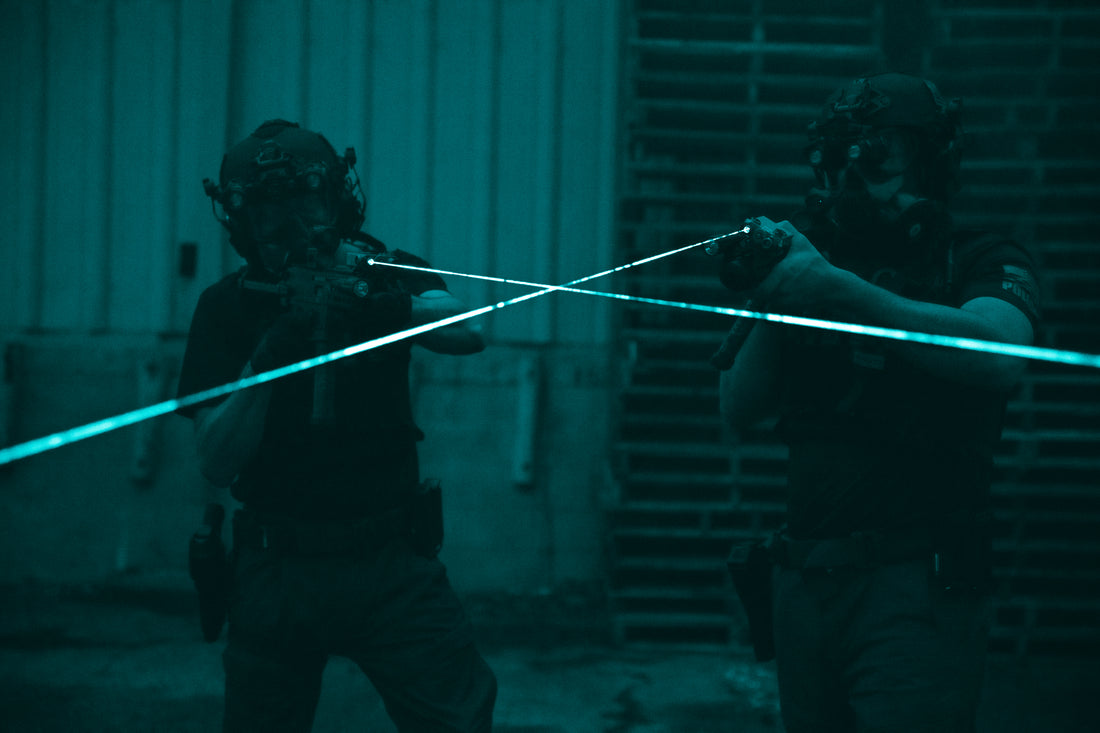Night vision technology has revolutionized low-light operations across various domains, including military, law enforcement, hunting, and outdoor recreation. With advancements in night vision gear, individuals can now navigate, observe, and engage targets in near-total darkness. In this blog post, we will delve into the world of night vision gear, discuss its different types, and explore its wide range of applications.
1. Understanding Night Vision Technology:
Night vision devices work by amplifying available light or detecting infrared energy to create a visible image. They consist of three main components: an objective lens, an image intensifier tube, and an eyepiece or display. These devices enhance ambient light or utilize additional light sources, such as infrared illuminators, to provide clearer vision in low-light conditions.
2. Types of Night Vision Gear:
a. Image Intensifier Tubes (IITs): The most common type of night vision technology, IITs amplify existing light, including moonlight or starlight. They produce a green-hued image and are available in various generations, with each generation offering improved performance and image quality.
b. Thermal Imaging: Unlike image intensification, thermal imaging detects the heat signatures emitted by objects. It translates the heat differences into a visible image, allowing users to see through darkness, fog, and smoke. Thermal imaging devices are particularly useful for detecting living beings or detecting concealed threats.
c. Digital Night Vision: Digital night vision devices use CCD or CMOS sensors to capture available light and display it on a screen. These devices offer color images, can record video, and often have additional features such as built-in image enhancement and zoom capabilities.
3. Applications of Night Vision Gear:
a. Military and Law Enforcement: Night vision technology is extensively used by military and law enforcement agencies for surveillance, reconnaissance, navigation, and target acquisition. It provides a significant tactical advantage by enabling operations in low-light or no-light conditions, reducing the element of surprise for adversaries.
b. Hunting and Wildlife Observation: Night vision gear has become popular among hunters and wildlife enthusiasts. It allows for better observation of nocturnal animals, tracking game, and identifying potential threats or predators. Hunters can navigate safely and make accurate shots in dimly lit environments.
c. Outdoor Recreation and Exploration: Night vision gear has opened up new avenues for outdoor enthusiasts. Campers, hikers, and adventurers can navigate unfamiliar terrain, set up camps, and explore their surroundings after sunset with enhanced visibility. Night vision also enhances safety by identifying potential hazards or obstacles.
d. Home Security: Night vision devices are valuable tools for home security. Surveillance cameras equipped with night vision capabilities allow homeowners to monitor their property, detect intruders, and provide vital evidence in case of criminal activity. Night vision gear provides an added layer of protection and peace of mind for individuals concerned about their home security.
4. Considerations when Choosing Night Vision Gear:
a. Generation: Consider the generation of night vision technology that best suits your needs. Higher-generation devices offer superior image quality and performance but tend to be more expensive.
b. Application-Specific Features: Different activities may require specific features, such as long-range capabilities, waterproofing, or video recording. Assess your needs and choose gear that aligns with your intended use.
c. Budget: Night vision gear can range from affordable to highly expensive. Determine your budget and consider the features and performance you require before making a purchase.
d. Legal Considerations: Ensure compliance with local regulations regarding the use and possession of night vision gear. Some jurisdictions may have restrictions on certain types or generations of night vision technology.

